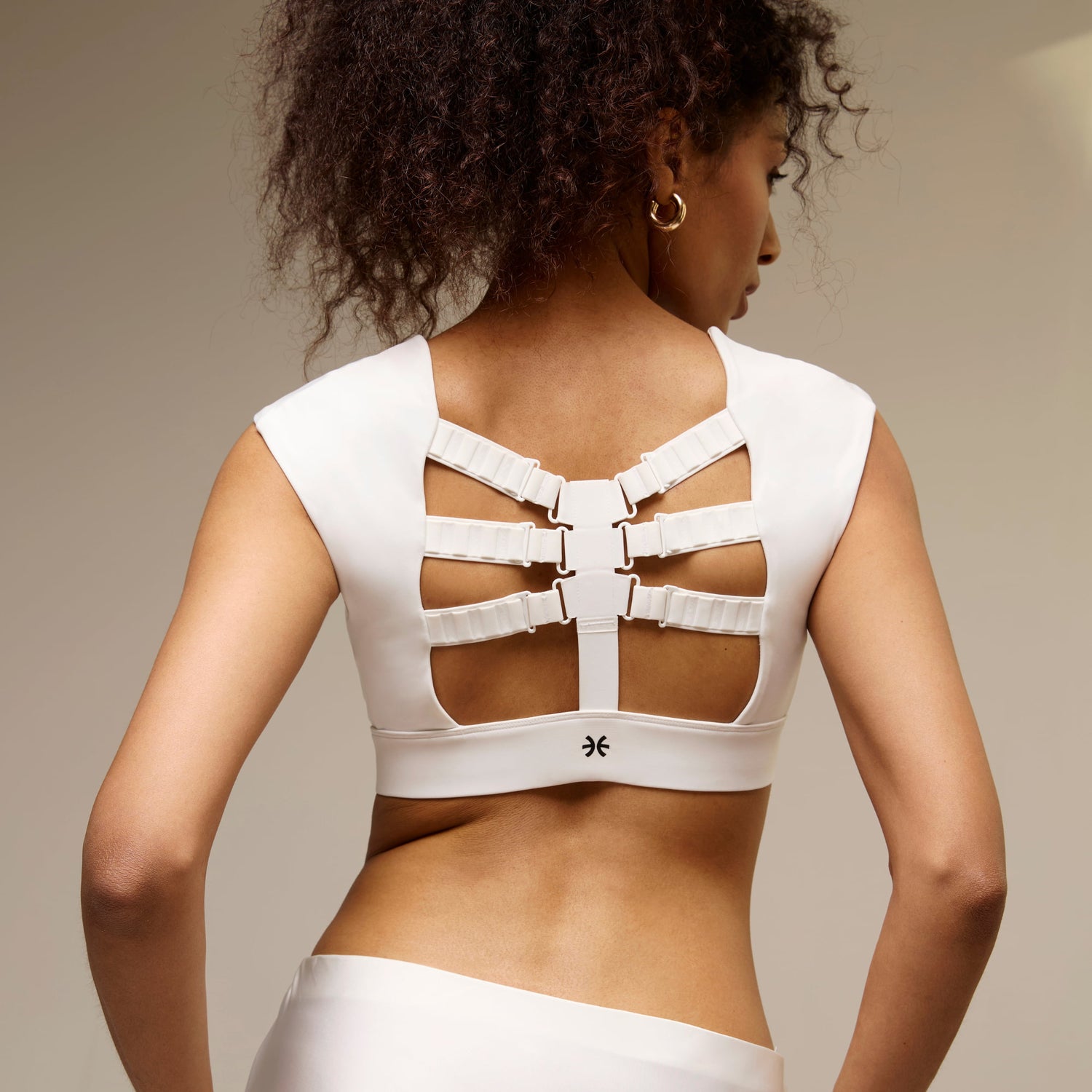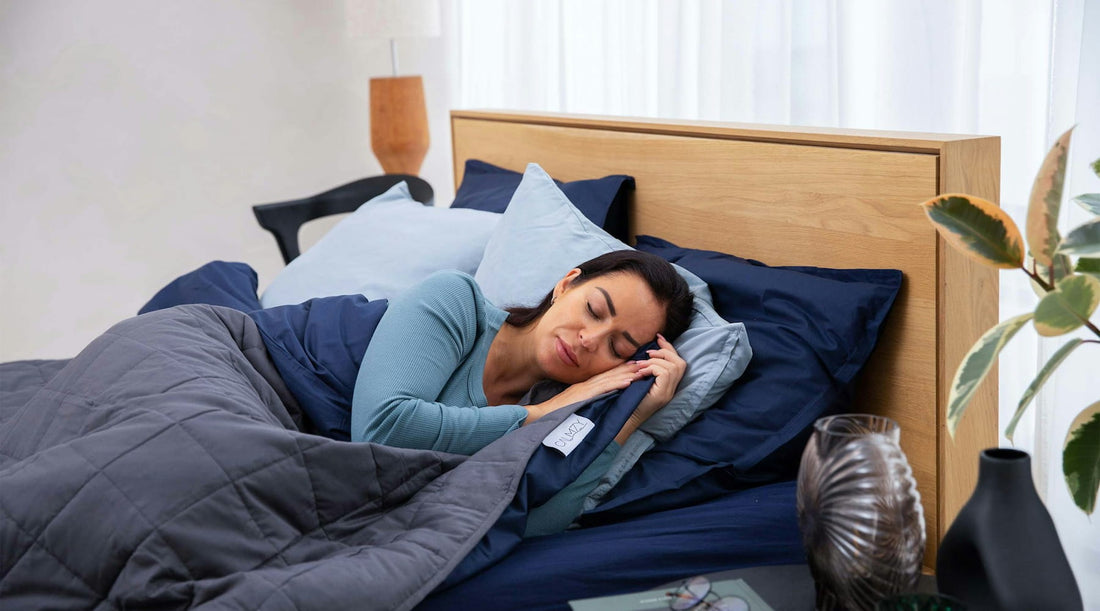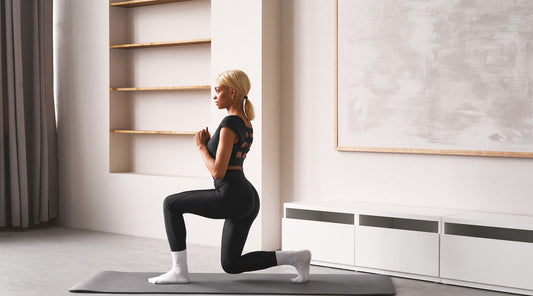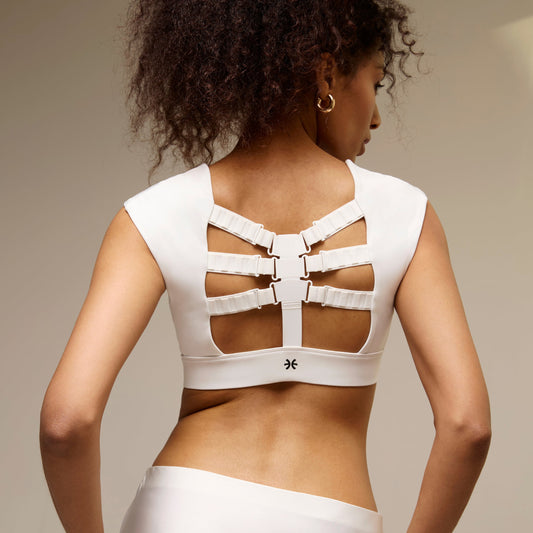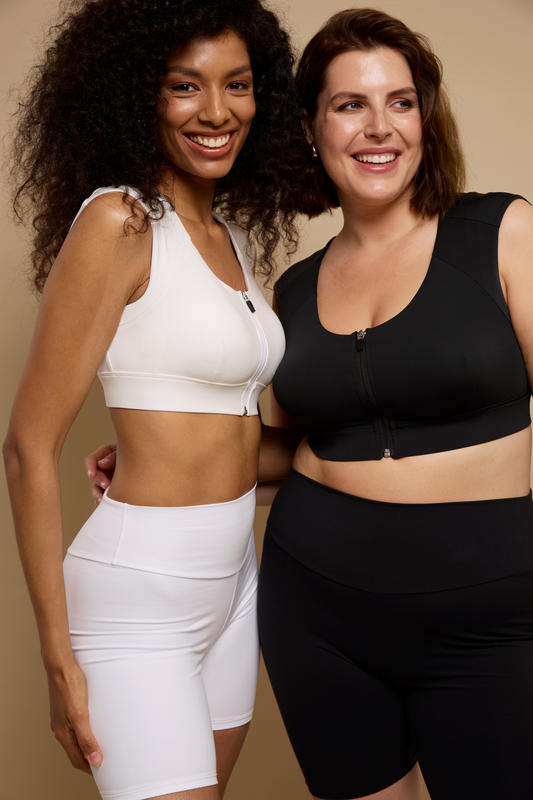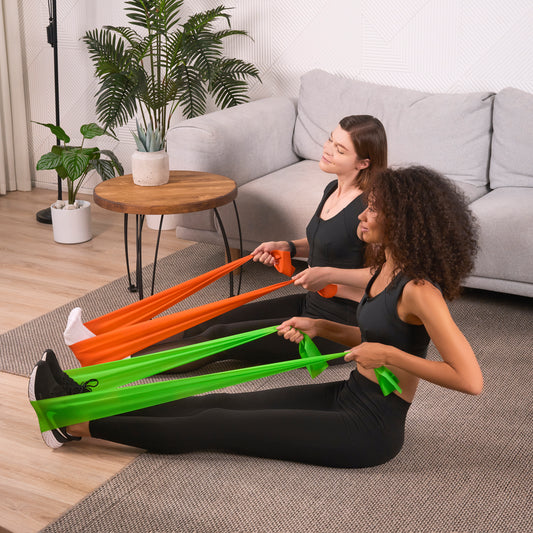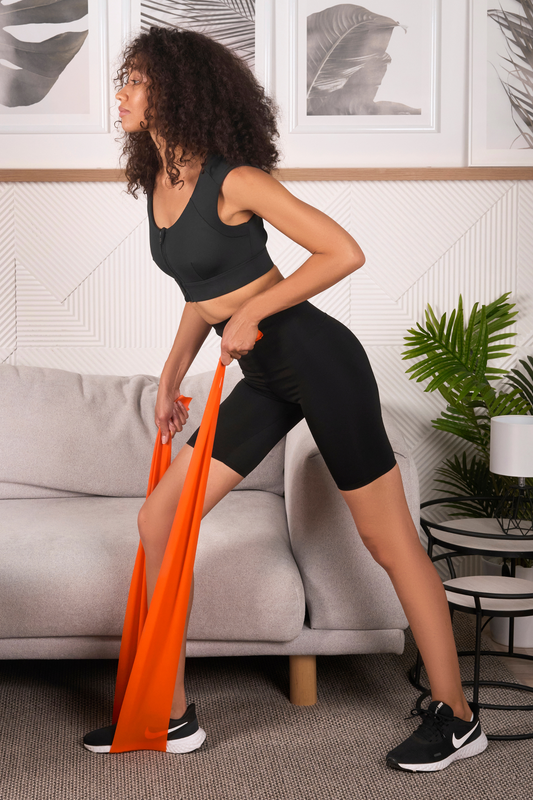It's critical to maintain good posture when working during the day and when you go to sleep at night. Your physical and mental health may suffer if you sleep with bad posture. In addition to causing more tension, these issues can result in poor circulation, neck pain, emotional stress, and other problems.
With the help of a great posture corrector, you can teach your spine to maintain good posture and reap the benefits of pain relief, increased mobility, a taller and slimmer appearance and even increased confidence.
How can I sleep in a posture corrector? If you choose the Etalon posture bra, you should not have trouble sleeping with a back brace.
A posture bra is medical equipment used to support the back, enhance posture, and lessen discomfort and back pain. But can I sleep with a posture corrector?
Wearing it while sleeping can be more comfortable with the following advice:
- Correctly adjust the bra: an overly tight brace may put pressure on the wearer and cause discomfort, while an overly loose brace may no longer work as intended.
- Experiment with different sleeping positions: see which one suits you best. Use pillows and blankets to provide body support. These items can help close any spaces and provide extra stability.
- Rest on a supportive mattress: this will keep your spine neutral while providing additional comfort.
- Sleep on your stomach while wearing a back brace: this position can help your back relax.
What is a Posture Corrector and How Does It Work?
Poor posture can lead to many health problems, from headaches and stiff joints to neck pain, pinched nerves, and decreased mobility.
The Etalon posture bra is an apparatus intended to assist with posture correction. Its primary function is to help you remember to assume the proper postural position. The brace assists in erecting your spine by pulling your shoulders back and up. Your muscles and joints may experience less strain as a result.
Can You Wear a Posture Corrector to Sleep?
If you wear a posture corrector to sleep, it will be especially beneficial in treating your posture-related back pain. The additional support can aid in the healing process for those recovering from back surgeries or injuries.
The problems associated with poor posture can be made worse by adopting improper sleeping posture. So, while you sleep with a back posture corrector, it will immobilize the spine, limiting excessive movement and encouraging appropriate healing.
Additionally, many medical professionals advise wearing back braces following spinal surgery. This lessens the possibility of inadvertent movements that might impede the healing process, further immobilizing the surgical site.
You can ensure that you wake up with better posture and less pain if you wear a posture brace to bed.
What is the Best Sleeping Position for Posture?
It is crucial to understand that there isn't just one ideal way to sleep that relieves back pain. Rather, it varies from person to person based on the cause of discomfort and the individual.
Sleeping on your back
A little pillow can be positioned behind the knees of a person who sleeps on their back to relieve pressure on the spine and support the lower back's natural curve. The head pillow will support the head and shoulders' natural curves.
Sleeping on your stomach
A person's out-of-position spine will be stressed if they sleep on their stomach. Underneath the stomach and pelvic area in these individuals, a flat pillow can help maintain the spine's natural alignment. It is best to sleep without a pillow, but a flat-head pillow is required.
Sleeping on your side
If you sleep on your side you need to position a stiff pillow between your knees to keep your upper leg from pulling your spine out of alignment. Additionally this will ease the pressure on the hips and lower back. Those who fall asleep should also raise their knees slightly toward the chest. The head pillow should support the vertebrae in an upright position.
In addition to these, feel free to place pillows in any other spaces between your body and the mattress. Thanks to these additional supports, you won't have back pain when getting out of bed.
Which sleeping posture should be avoided?
Fetal position
It would be best to weigh the benefits and drawbacks to determine where the fetal sleeping posture is good for you.
Pros:
- Resting on your left side may help reduce heartburn if you sleep on your left side.
- Snoring is another common sleep disruptor that is reduced when you sleep on your side.
It may be a good idea for you to sleep on your side if:
- An infant is on the way.
- You have acid reflux or heartburn.
- Suffer from back pain.
- Possess a device for treating obstructive sleep apnea or snoring.
- Either have limited back movement or are older.
Cons:
- Knee pain is caused by continuous flexion at the knee and hip joints, which inflames the ligaments surrounding those joints.
- The back curvature in this position stretches and tightens the back muscles, causing lower back pain and inflammation.
- Neck pain is caused by inflammation from constant neck flexion, which tightens the muscles and puts more strain on the upper spinal column.
As we have discovered, fetal sleeping posture has advantages and disadvantages. It all depends on the person's health, doctor's advice, and needs.
Sleeping on your front
Being sick from breathing difficulties and abnormal spinal curvature is the reason why sleeping on your front is not recommended. Another reason for this curvature is the head turning to one side during this type of sleep.
Half sitting and half lying down
When playing on your phone, reading a book, or watching TV, it's common to bend or bow your neck for extended periods of time. Instead, place your bottom on the bed or sofa and assume a half-lying, half-seated position with a pillow supporting your lower back.
Regular use of this may result in an increased workload for the spine, which may cause shoulder pain, swelling and lower back pain from the curvature of the spine when sitting in this position.
Alternatives for Overnight Posture Correction in Bed
There are several different options for lessening pain and straightening your posture. Investing in a supportive mattress is one easy and efficient solution. While you sleep, a firm mattress can help keep your spine in alignment and lessen pressure points that hurt.
Adopting healthy sleeping practices is an additional choice. For example, try sleeping on your back instead of your stomach or side and use pillows to support your head and neck. Last but not least, consistent exercise can be beneficial. Strengthening your shoulders and back muscles can help with pain management and posture correction.
Conclusion
It's critical to maintain proper posture not just at night but also during the day. Start concentrating on sitting and standing upright, keeping your back, shoulders, and entire body in the right positions. To prevent slouching and/or hunching forward, you can use a high-quality posture brace.
A posture brace can help you have better posture through back support. It works by limiting movement in specific body parts to encourage proper posture. Wear posture corrector while sleeping to improve breathing, relieve pain, and help with bad posture habits.
Photo by Slaapwijsheid.nl on Unsplash
FAQs
How long should you wear a posture corrector per day?
Can you wear a posture brace to bed?
How can I correct my posture while sleeping?
What is the healthiest sleeping position for posture?
Trending
Try Etalon posture improvement products
